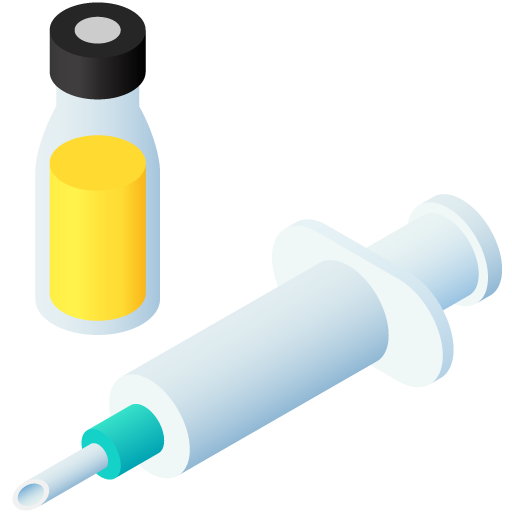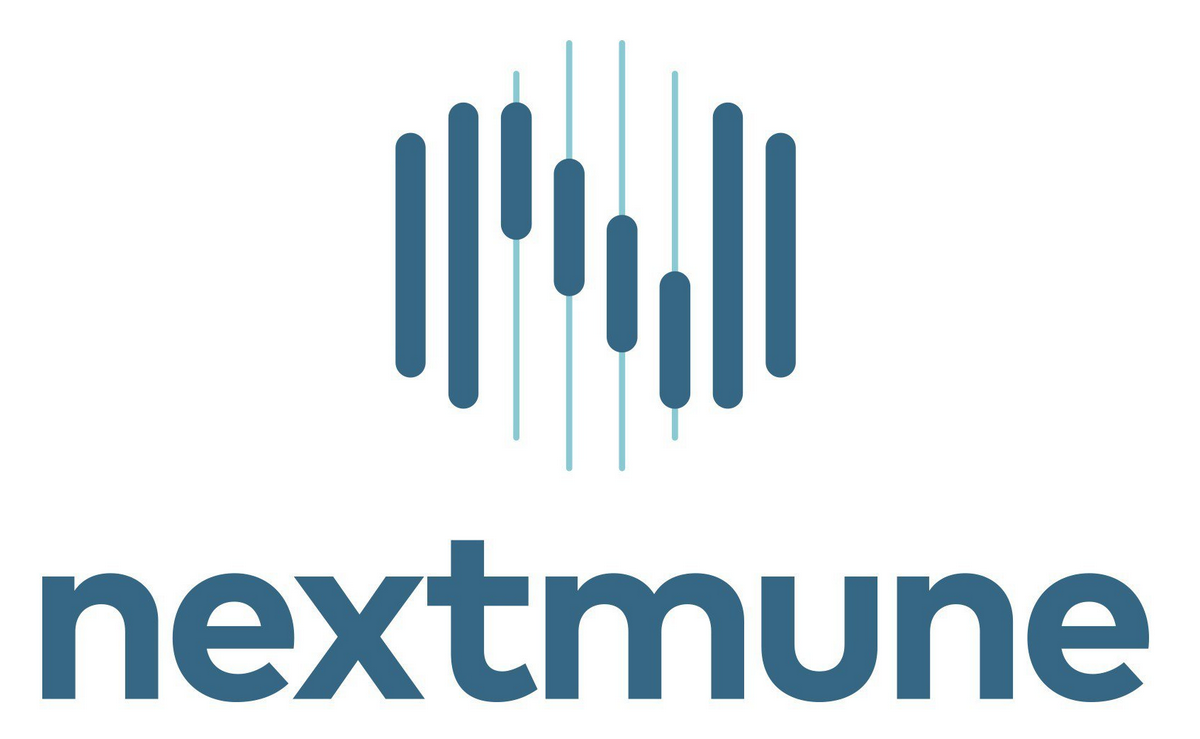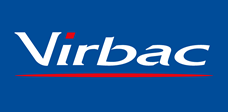Similar packages
Metacam
Active substance
ATC code
Species
Dogs and cats
Indications
Dogs:
Alleviation of inflammation and pain in both acute and chronic musculo-skeletal disorders. Reduction of post-operative pain and inflammation following orthopaedic and soft tissue surgery.
Cats:
Allevation of mild to moderate post-operative pain and inflammation following surgical procedures in cats, e.g. orthopaedic and soft tissue surgery.
Dose to be administered and administration route
Dogs:
Musculo-skeletal disorders:
Single subcutaneous injection at a dosage of 0.2 mg meloxicam/kg body weight (i.e.
0.4 ml/10 kg body weight). Metacam 1.5 mg/ml oral suspension for dogs or Metacam 1 mg and 2.5 mg chewable tablets for dogs may be used for continuation of treatment at a dosage of 0.1 mg meloxicam/kg body weight, 24 hours after administration of the injection.
Reduction of post-operative pain (over a period of 24 hours):
Single intravenous or subcutaneous injection at a dosage of 0.2 mg meloxicam/kg body weight (i.e. 0.4 ml/10 kg body weight) before surgery, for example at the time of induction of anaesthesia.
Cats:
Reduction of post-operative pain and inflammation when administration of meloxicam is to be continued as an oral follow-up therapy:
Single subcutaneous injection at a dosage of 0.2 mg meloxicam/kg body weight (i.e. 0.04 ml/kg body weight) before surgery, for example at the time of induction of anaesthesia. To continue treatment for up to five days, this initial dose may be followed 24 hours later by administration of Metacam 0.5 mg/ml oral suspension for cats at a dosage of 0.05 mg meloxicam/kg body weight. The oral follow-up dose may be administered for up to a total of four doses at 24 hour intervals.
Reduction of post-operative pain and inflammation where no oral follow-up treatment is possible e.g. feral cats:
Single subcutaneous injection at a dosage of 0.3 mg meloxicam/kg body weight (i.e. 0.06 ml/kg body weight) before surgery, for example at the time of induction of anaesthesia.
In this case do not use oral follow up treatment.
Particular care should be taken with regard to the accuracy of dosing. To ensure a correct dosage, body weight should be determined as accurately as possible. The use of suitably calibrated measuring equipment is recommended.
Avoid introduction of contamination during use.
Adverse reactions
Dogs and cats:
|
Very rare (<1 animal / 10,000 animals treated, including isolated reports): |
Appetite loss1, lethargy1 Vomiting1, diarrhoea1, blood in faeces1,2, haemorrhagic diarrhoea1, haematemesis1, gastric ulcer1, small intestine ulcer1 Elevated liver enzymes1 Renal failure1 Anaphylactoid reaction3 |
1 These adverse events occur generally within the first treatment week and are in most cases transient and disappear following termination of the treatment but in very rare cases may be serious or fatal.
2 Occult
3 Should be treated symptomatically.
If adverse reactions occur, treatment should be discontinued and the advice of a veterinarian should be sought.
Reporting adverse events is important. It allows continuous safety monitoring of a veterinary medicinal product. Reports should be sent, preferably via a veterinarian, to either the marketing authorisation holder or its local representative or the national competent authority via the national reporting system. See the package leaflet for respective contact details.
Dispensing
POM-V - Prescription Only Medicine – VeterinarianSUMMARY OF PRODUCT CHARACTERISTICS
1. NAME OF THE VETERINARY MEDICINAL PRODUCT
Metacam 5 mg/ml solution for injection for dogs and cats
2. QUALITATIVE AND QUANTITATIVE COMPOSITION
One ml contains:
Active substance:
Meloxicam 5 mg
Excipient:
Ethanol 150 mg
For the full list of excipients, see section 6.1.
3. PHARMACEUTICAL FORM
Solution for injection.
Clear yellow solution.
4. CLINICAL PARTICULARS
4.1 Target species
Dogs and cats
4.2 Indications for use, specifying the target species
Dogs:
Alleviation of inflammation and pain in both acute and chronic musculoskeletal disorders. Reduction of post-operative pain and inflammation following orthopaedic and soft tissue surgery.
Cats:
Reduction of post-operative pain after ovariohysterectomy and minor soft tissue surgery.
4.3 Contraindications
Do not use in pregnant or lactating animals.
Do not use in animals suffering from gastrointestinal disorders such as irritation and haemorrhage, impaired hepatic, cardiac or renal function and haemorrhagic disorders.
Do not use in cases of hypersensitivity to the active substance or
to any of the excipients. Do not use in animals less than 6 weeks of age nor in cats of less than 2 kg.
4.4 Special warnings for each target species
None.
4.5 Special precautions for use
Special precautions for use in animals
Avoid use in any dehydrated, hypovolaemic or hypotensive animal, as there is a potential risk of renal toxicity. During anaesthesia, monitoring and fluid therapy should be considered as standard practice.
Special precautions to be taken by the person administering the veterinary medicinal product to animals Accidental self-injection may give rise to pain. People with known hypersensitivity to non-steroidal anti- inflammatory drugs (NSAIDs) should avoid contact with the veterinary medicinal product. In case of accidental self-injection, seek medical advice immediately and show the package leaflet or the label to the physician.
This product can cause eye irritation. In case of contact with the eyes, immediately rinse thoroughly with water.
4.6 Adverse reactions (frequency and seriousness)
Typical adverse reactions of NSAIDs such as loss of appetite, vomiting, diarrhoea, faecal occult blood, lethargy and renal failure have very rarely been reported from post-marketing safety experience.
Very rare cases of haemorrhagic diarrhoea, haematemesis, gastrointestinal ulceration and elevated liver enzymes have been reported from post-marketing safety experience. These side effects occur generally within the first treatment week and are in most cases transient and disappear following termination of the treatment but in very rare cases may be serious or fatal.
Anaphylactoid reactions have been observed very rarely from postmarketing safety experience and should be treated symptomatically.
If adverse reactions occur, treatment should be discontinued and the advice of a veterinarian should be sought.
The frequency of adverse reactions is defined using the following convention:
- very common (more than 1 in 10 animals treated displaying adverse reactions)
- common (more than 1 but less than 10 animals in 100 animals treated)
- uncommon (more than 1 but less than 10 animals in 1,000 animals treated)
- rare (more than 1 but less than 10 animals in 10,000 animals treated)
- very rare (less than 1 animal in 10,000 animals treated, including isolated reports).
4.7 Use during pregnancy, lactation or lay
The safety of the veterinary medicinal product has not been established during pregnancy and lactation (See section 4.3).
4.8 Interaction with other medicinal products and other forms of interaction
Other NSAIDs, diuretics, anticoagulants, aminoglycoside antibiotics and substances with high protein binding may compete for binding and thus lead to toxic effects. Metacam must not be administered in conjunction with other NSAIDs or glucocorticosteroids. Concurrent administration of potential nephrotoxic drugs should be avoided. In animals at anaesthetic risk (e.g. aged animals) intravenous or subcutaneous fluid therapy during anaesthesia should be taken into consideration. When anaesthesia and NSAID are concomitantly administered, a risk for renal function cannot be excluded.
Pre-treatment with anti-inflammatory substances may result in additional or increased adverse effects and accordingly a treatment-free period with such veterinary medicinal products should be observed for at least 24 hours before commencement of treatment. The treatment-free period, however, should take into account the pharmacological properties of the products used previously.
4.9 Amounts to be administered and
administration route Dogs:
Musculo-skeletal disorders:
Single subcutaneous injection at a dosage of 0.2 mg meloxicam/kg body weight
(i.e. 0.4 ml/10 kg bodyweight). Metacam 1.5 mg/ml oral suspension for dogs or Metacam 1 mg and 2.5 mg chewable tablets for dogs may be used for continuation of treatment at a dosage of 0.1 mg meloxicam/kg body weight, 24 hours after administration of the injection.
Reduction of post-operative pain (over a period of 24 hours):
Single intravenous or subcutaneous injection at a dosage of 0.2 mg meloxicam/kg body weight (i.e.
0.4 ml/10 kg body weight) before surgery, for example at the time of induction of anaesthesia.
Cats:
Reduction of post-operative pain:
Single subcutaneous injection at a dosage of 0.3 mg meloxicam/kg body weight (i.e. 0.06 ml/kg body weight) before surgery, for example at the time of induction of anaesthesia.
Particular care should be taken with regard to the accuracy of dosing. Avoid introduction of contamination during use.
4.10 Overdose (symptoms, emergency procedures, antidotes), if necessary In case of overdose symptomatic treatment should be initiated.
4.11 Withdrawal period(s) Not applicable.
5. PHARMACOLOGICAL PROPERTIES
Pharmacotherapeutic group: Anti-inflammatory and antirheumatic products, non-steroids (oxicams). ATCvet code: QM01AC06.
5.1 Pharmacodynamic properties
Meloxicam is a non-steroidal anti-inflammatory drug (NSAID) of the oxicam class which acts by inhibition of prostaglandin synthesis, thereby exerting anti-inflammatory, analgesic, anti-exudative and antipyretic effects. It reduces leukocyte infiltration into the inflamed tissue. To a minor extent it also inhibits collagen-induced thrombocyte aggregation. In vitro and in vivo studies demonstrated that meloxicam inhibits cyclooxygenase-2 (COX-2) to a greater extent than cyclooxygenase-1 (COX-1).
5.2 Pharmacokinetic particulars
Absorption
Following subcutaneous administration, meloxicam is completely bioavailable and maximal mean plasma concentrations of 0.73 g/ml in dogs and 1.1 µg/ml in cats were reached approximately 2.5 hours and 1.5 hours post administration, respectively.
Distribution
There is a linear relationship between the dose administered and plasma concentration observed in the therapeutic dose range in dogs and cats. More than 97 % of meloxicam is bound to plasma proteins. The volume of distribution is 0.3 l/kg in dogs and 0.09 l/kg in cats.
Metabolism
In dogs, meloxicam is predominantly found in plasma and is also a major biliary excretion product whereas urine contains only traces of the parent compound. Meloxicam is metabolised to an alcohol, an acid derivative and to several polar metabolites. All major metabolites have been shown to be pharmacologically inactive.
In cats, meloxicam is predominantly found in plasma and is also a major
biliary excretion product whereas urine contains only traces of the parent compound. Five major metabolites were detected all having been shown to be pharmacologically inactive. Meloxicam is metabolised to an alcohol, an acid derivative and to several polar metabolites. As for other species investigated, the main pathway of meloxicam biotransformation in cat is oxidation.
Elimination
In dogs, meloxicam is eliminated with a half-life of 24 hours. Approximately 75 % of the administered dose is eliminated via faeces and the remainder via urine.
In cats, meloxicam is eliminated with a half-life of 24 hours. The detection of metabolites from the parent compound in urine and faeces, but not in plasma is indicative for their rapid excretion. 21 % of the recovered dose is eliminated in urine (2 % as unchanged meloxicam, 19 % as metabolites) and 79 % in the faeces (49 % as unchanged meloxicam, 30 % as metabolites).
6. PHARMACEUTICAL PARTICULARS
6.1 List of excipients
Ethanol Poloxamer 188 Sodium chloride Glycine
Sodium hydroxide Glycofurol Meglumine Water for injections 6.2 Major incompatibilities
None known.
6.3 Shelf life
Shelf life of the veterinary medicinal product as packaged for sale: 3 years. Shelf life after first opening the immediate packaging: 28 days.
6.4 Special precautions for storage
This veterinary medicinal product does not require any special storage conditions.
6.5 Nature and composition of immediate packaging
Cardboard box containing one colourless glass injection vial of 10 ml or 20 ml, closed with a rubber stopper and sealed with an aluminium cap. Not all pack sizes may be marketed.
6.6 Special precautions for the disposal of unused veterinary medicinal products or waste materials derived from the use of such products
Any unused veterinary medicinal product or waste materials derived from such veterinary medicinal products should be disposed of in accordance with local requirements.
7. MARKETING AUTHORISATION HOLDER
Boehringer Ingelheim
Vetmedica GmbH 55216
Ingelheim/Rhein
GERMANY
8. MARKETING AUTHORISATION NUMBERS
EU/2/97/004/006 10 ml
EU/2/97/004/011 20 ml
9. DATE OF FIRST AUTHORISATION/RENEWAL OF THE AUTHORISATION
Date of first authorisation:07.01.1998
Date of last renewal: 06.12.2007
10. DATE OF REVISION OF THE TEXT
Detailed information on this veterinary medicinal product is available on the website of the European Medicines Agency http://www.ema.europa.eu/.
PROHIBITION OF SALE, SUPPLY AND/OR USE
Not applicable.

| Art. Nr. | 04491/5025 |
|---|---|
| EAN | 5012917011302 |
 TRUSTED SOURCE
TRUSTED SOURCE








